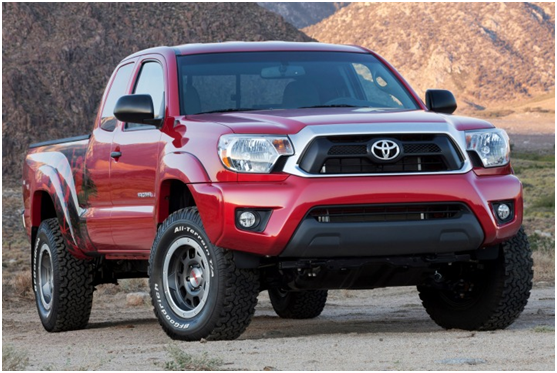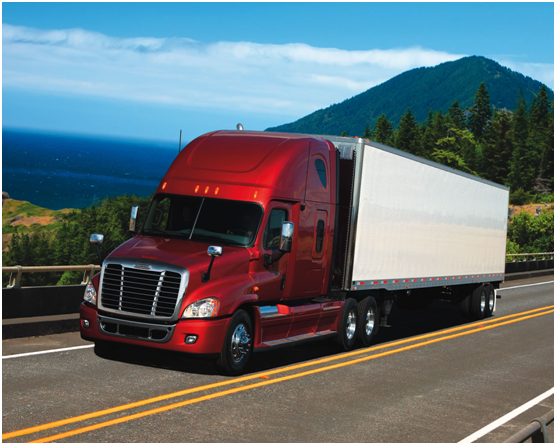- : lanny_cao
- : 0086 13178896933
- : 0086 20 62316781


Compared to passenger cars, trucks are replaced at a faster rate. But many drivers are still not aware of how to drive a new truck to extend its life length. According to experts, the accuracy of modern automobile manufacturing has reached a very hig
Compared to passenger cars, trucks are replaced at a faster rate. But many drivers are still not aware of how to drive a new truck to extend its life length. According to experts, the accuracy of modern automobile manufacturing has reached a very high level, but if you want the vehicle to get the best working conditions, the break-in period is still very necessary. At this time the relation between you and your beloved truck is just like that between a new couple, who also have to face a running-in issue. Many old drivers make suggestions too complicated for the running in and difficult in operation; they are suited for the old vintage vehicles of particular low accuracy. Today we are going to share with you the points you should pay attention to with the modern new trucks.

Do not blindly pull high speed
"New vehicle is like a newborn baby. In the break-in period, we should gently accelerate, gently fill fuel, avoiding high speed and rapid acceleration." You can drive your new truck on the highway at an even speed (preferably at 90-100 km/h) for some time, driving 100 kilometers or even hundreds of kilometers. It will be good for all engine components to get fully running. Remember do not drive at ultimate speed, it will damage the engine.
Control the engine speed
After buying a new truck it is generally recommended to run full 5000 km, which is to ensure the components to have sufficient contacts, frictions, adaptations, habitual basic mileages. There is a predetermined speed for all new vehicles at initial stage. Most of the trucks are usually specified not to exceed 75% of the nominal maximum speed in the first 1000 km to 2000 km, and are required to observe the engine tachometer and speedometer to ensure they work under mid-speed.
Control the warm-up time
After starting the engine, most drivers are used to let the engine idle, then drive off the truck until the water reaches the normal temperature, especially for new trucks. In fact, long time warm-up for modern EFI engines is not only unnecessary but also harmful. Instead, shortening this time can extend the life of catalytic converters, improve the conversion rate of exhaust gas pollutants as well as save fuel. Actually we can start driving after the engine starts and returns to normal idle speed. Before the water temperature rises, we just need to control the vehicle at a proper speed.
Avoid overloading
Running a new vehicle with full loading can bring excessive burden to the suspension parts. So, during the first 2000 km, the load on a new truck should not exceed 75% of the rated load. Also, we should try to choose good quality and smooth road surface, avoiding bumps and excessive load to the vehicle body and suspensions. The new owners may be concerned about the speed but usually ignore the demand of loading during running-in time.
Avoid urgent braking
A severe braking not only subjects the run-in brake system to shock impact but also increases the impact load of the chassis and engine. Therefore, in the first 2000 km, don’t brake urgently; try to do it in advance. Actually for the brake system alone, about 400 km can finish the run-in process, which includes the run-in between the brake pads and brake discs, brake pads and brake hub etc. Generally, travailing 400 kilometers is enough to complete the process.

In addition, experts advise not using the "clutch first, brake second" approach in the break-in of brake system. Although this way can reduce the impact on the engine when braking, it can be dangerous and can be worse if it turns into a habit. Also we should always check if the engine oil, coolant and battery electrolyte are sufficient and punctually replenish if not enough. After reaching the mileage specified by the manufacturer, timely go to the service station and conduct an inspection and maintenance on the vehicle, change oil, filter, etc., and completely check the chassis system. After completion of the first maintenance, it means your new truck has successfully gone through the break-in period and it can serve you much better in the future.
